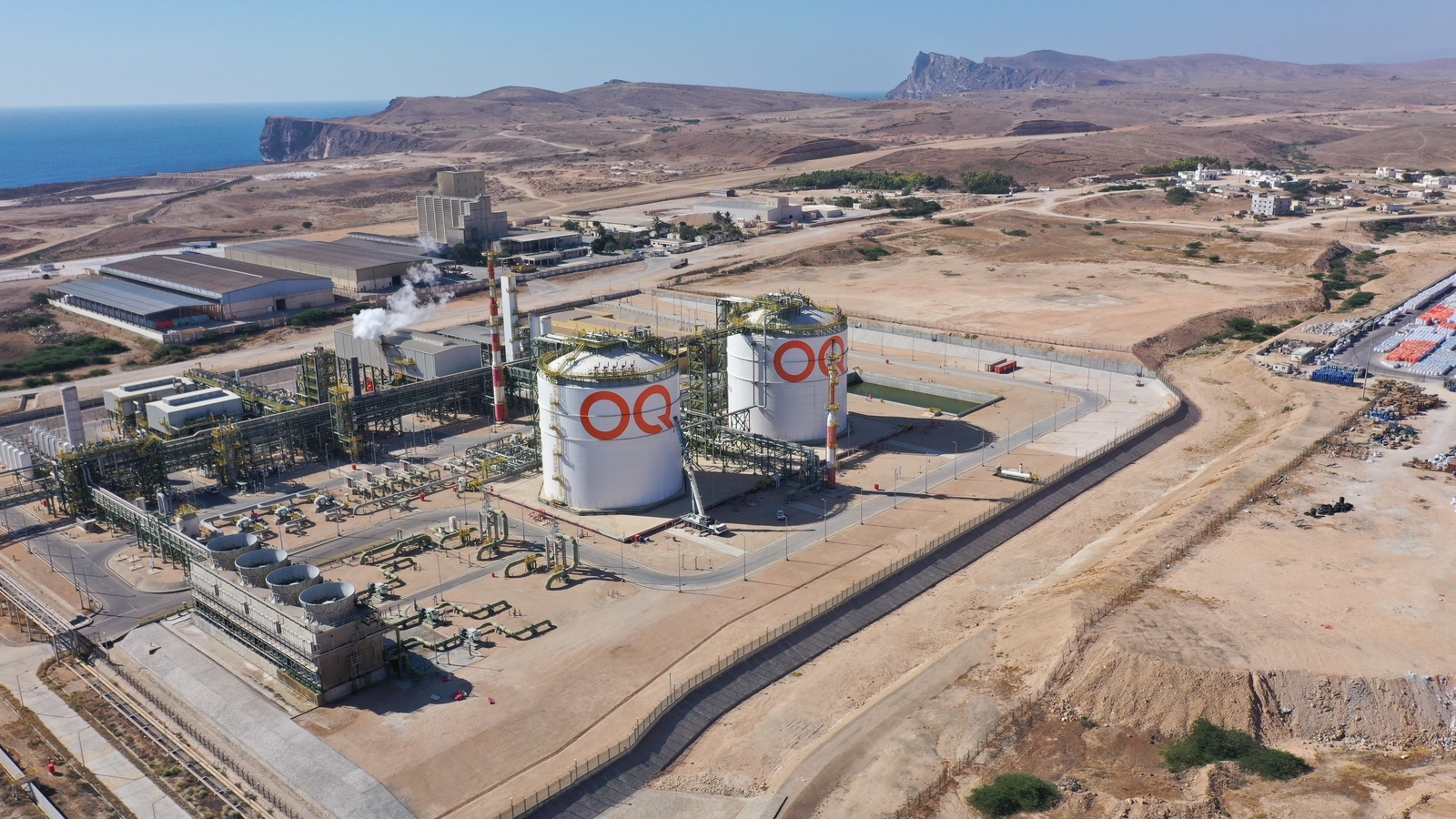
Dr Albert Großmann
Expert High-Pressure Gas Pipelines, TÜV SÜD Industrie Service
Jan Sachse
Team Lead Pipelines, TÜV SÜD Industrie Service
Dr Johanna Steinbock, Expert Fracture Mechanics Analysis, TÜV SÜD Industrie Service
Exposure to hydrogen can make metals brittle and cause defects. Given this, the fatigue life of new and existing pipelines transporting H2 must be determined and monitored. TÜV SÜD uses the method of fracture mechanics to provide a reliable lifetime prediction and integrity management.
For the world’s future hydrogen-centric economy, a suitable infrastructure is needed for transporting hydrogen throughout countries, as well as for its regional distribution and local storage. Pipelines represent the most ecological and cost-effective transport solution. For cross-regional gas transport, they have diameters of up to 1,400 mm and are operated at pressures of up to 100 bar. Proof of integrity is a prerequisite for their safe use.
For new hydrogen pipelines, a fracture-mechanics analysis is a must. Within the scope of design, its purpose is to define the detection limits for non-destructive testing of the parent material as well as for the welds. Existing natural gas pipelines that are converted into hydrogen pipelines particularly require a special safety concept. Here, the fracture-mechanics analysis helps not only to calculate the lifetime of a pipeline but also to decide whether an existing pipeline can be converted to operate with hydrogen.
History of changing fluid
History in other countries has proven that natural gas pipelines do tolerate changes in the transported fluids. In Germany, for example, the first pipeline networks distributed what is known as “town gas” produced from coal. Town gas already contained a high percentage of hydrogen as well as methane, nitrogen, and carbon monoxide. In the second half of the 20th century, town gas was replaced by natural gas. Natural gas is categorised as “low calorific gas” or “high calorific gas”. As less of the former gas is extracted, the amount of the latter, that is fed into German gas networks, is increasing. It is characterised by a higher methane content, which is the reason for its higher calorific value.
Not only was the conversion successful, but it also benefited from professional planning and implementation of the associated technical measures. In Germany, many owners and operators of gas grids can look back on over a hundred years of experience – that is how long some of their networks have been in use. Now, state-of-the-art measures must be determined to ensure safe operation of the pipelines that will transport 100 percent hydrogen in Germany and in Oman in the future. Therefore, material-related investigations are key.
Steel under examination
The harder the steel and the rougher its surface, the more susceptible it is to hydrogen embrittlement. This process occurs when hydrogen atoms form on the metal surface. When this atomic hydrogen starts to diffuse into the metal lattice, instead of forming H2 molecules on the surface of the material, the hydrogen atoms will recombine into molecules inside the material, resulting in gas bubbles or material separation (cracking) and ultimately embrittlement.
Locations with high mechanical stresses are particularly vulnerable to hydrogen embrittlement and hydrogen-induced cracking. Carbon steels show particularly reduced fracture resistance and accelerated crack propagation even at low partial pressure.
Suitable for conversion?
All factors that affect the life expectancy or integrity of pipelines must be analysed: Are there any flaws, such as cracks or corrosion? What is the general technical state of repair of the gas pipelines? The preferred method for identifying the condition of the pipeline is an assessment using pipeline inspection gauges known as “PIGS”. The data collected by PIGS and other sources (if any) are then used for further analyses and evaluations. The PIGS provide the initial fault size, which is used as basis for a fracture mechanics analysis of integrity and service life expectancy.
In the first step, TÜV SÜD experts review the existing documents on design, construction, operation, servicing, and maintenance. Further aspects, such as the extent and frequency of changes in operating pressure and the stress on the pipeline due to additional loads are also included in the review. Depending on the steel grades and materials used for pipelines and fittings respectively, the experts clarify whether additional destructive laboratory tests will be necessary. This is the case, for example, if the strength of the material under exposure to hydrogen has not yet been tested and is unknown. The final determination of service life by means of fracture mechanics considers the actual dimensions of the component, the loads to be expected and the material properties in a hydrogen atmosphere.
Crack behaviour and failure assessment
As a certain percentage of inhomogeneities is present in all existing and also new steel pipes, their behaviour under load must be examined. Fracture mechanics analyses cracks in components exposed to loads, considering material-specific resistance. The common variables such as stresses and distortions are not sufficient to adequately describe the pipe behaviour.
The analysis is based on the interaction of component geometry and material properties. The results are visualised in a failure assessment diagram (FAD). The two variables analysed are load intensity Lr and stress intensity Kr (Figure 1). They are computed from the actual component and fault geometries and the defined load and material parameters.






